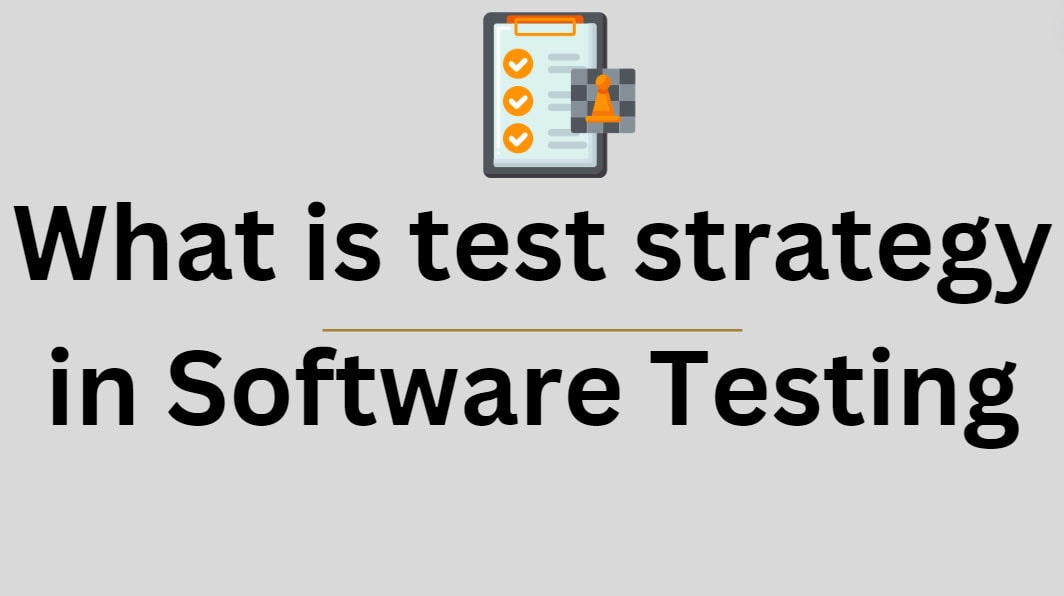Ensuring the quality and reliability of applications is paramount in software development. This is where the concept of a test strategy comes into play. A test strategy is a high-level document that outlines the testing technique used in the Software Development Life Cycle (SDLC).
The Main Purpose of a Test Strategy
A test strategy serves multiple crucial purposes
- Defining Approach: This section outlines the high-level approach and goals for testing, providing a clear direction for the entire process.
- Aligning Objectives: It ensures that testing activities are aligned with project goals and business objectives.
- Resource Planning: It helps in planning and allocating resources effectively, including personnel, tools, and environments.
- Risk Mitigation: Identifying potential risks early allows for proactive risk management.
- Standardization: It establishes standardized testing practices across the organization, promoting consistency and efficiency.
Main Components of a Test Strategy
A comprehensive test strategy document typically includes the following elements
- Scope and Objectives: Clearly defined goals and boundaries of the testing effort.
- Testing Types: Identification of various testing types to be performed.
- Test Environment: Specifications for the testing infrastructure and setup.
- Risk Analysis: Assessment of potential risks and mitigation strategies.
- Tools and Technologies: Selection of appropriate testing tools and technologies.
- Roles and Responsibilities: Clear definition of team members’ roles in the testing process.
- Test Deliverables: List of expected outputs from the testing process.
- Defect Management: Procedures for reporting, tracking, and resolving defects.
Benefits of Test Strategy
The test strategy offers numerous benefits
- Improved Efficiency: By providing a clear direction, it streamlines the testing process.
- Enhanced Quality: Comprehensive coverage ensures thorough testing, leading to higher-quality software.
- Cost-Effectiveness: Early risk identification and mitigation can save significant costs in the long run.
- Better Communication: It serves as a communication tool among team members and stakeholders.
- Measurable Progress: Clear objectives allow for better tracking of testing progress.
You may also like following the articles below
Conclusion
In the complex world of software development, a robust test strategy is an essential component of an organization’s software development approach. It provides a structured framework for testing activities, aligns testing efforts with business goals, and contributes significantly to the overall quality of the software product.

My name is Madhu, and I’m a certified Test Consultant with more than 16 years of hands-on experience developing and maintaining manual and Test Automation in the Software industry. I have experience with automation tools such as Selenium, Katalon Studio, etc.
